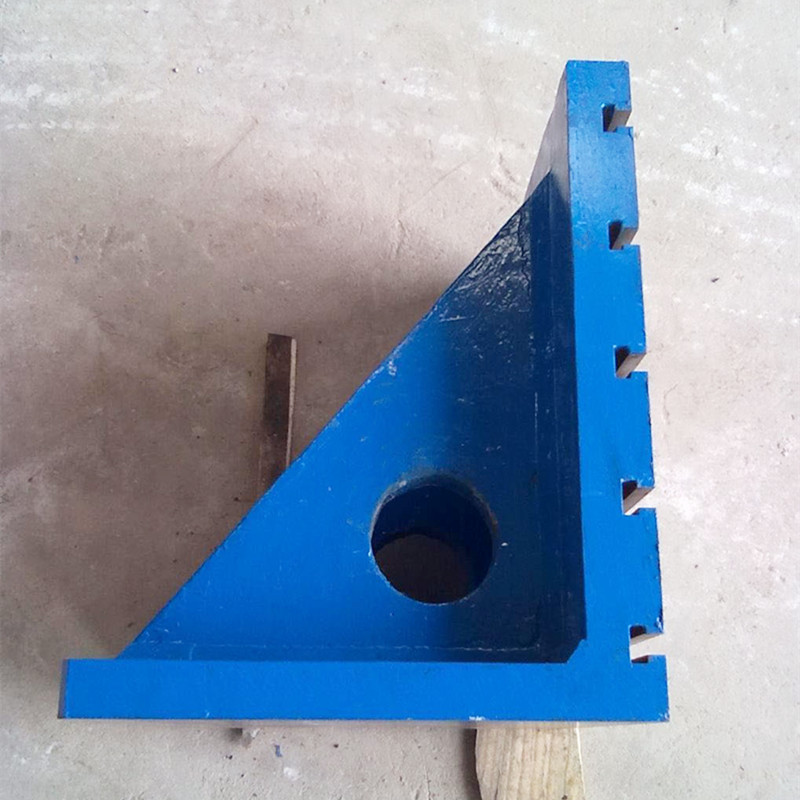nóv . 11, 2024 11:39 Back to list
liquid transfer check valve
The Importance of Liquid Transfer Check Valves in Fluid Management
In various industries, liquid transfer processes are critical to operations, ranging from chemical manufacturing to food processing. One key component that ensures safety, efficiency, and reliability during these processes is the liquid transfer check valve. Check valves play an essential role in preventing backflow, allowing fluids to flow in a single direction, thereby protecting systems and maintaining optimal performance.
Understanding Check Valves
A check valve, also known as a non-return valve or one-way valve, is a mechanical device designed to allow fluid or gas to flow in one direction while preventing reverse flow. They operate automatically, responding to changes in fluid pressure and flow. Their construction is relatively simple, consisting of a disc or ball that seals the flow path against a seat when back pressure occurs.
Types of Check Valves for Liquid Transfer
There are several types of check valves suitable for liquid transfer applications. The most common include
1. Swing Check Valves This type features a hinged disc that swings open when fluid flows in the correct direction and closes when back pressure occurs. They are ideal for larger pipelines and applications with minimal pressure drops.
2. Lift Check Valves Lift check valves utilize a moving disc that lifts off its seat to allow flow. These are better suited for applications with higher flow rates and are designed for horizontal or vertical installations.
3. Ball Check Valves These valves use a ball that rests on a seat; when flow occurs, the ball lifts, allowing fluid to pass. They are commonly used in smaller pipelines and applications requiring compact design.
4. Diaphragm Check Valves Featuring a flexible diaphragm, these valves offer an excellent solution for containing hazardous liquids and gases. They prevent backflow while effectively accommodating varying flow rates.
Applications in Different Industries
Liquid transfer check valves are extensively used across various sectors
liquid transfer check valve

- Chemical Processing In chemical plants, check valves prevent the backflow of hazardous chemicals, ensuring safety and preventing contamination of other systems or products
.- Water and Wastewater Management Check valves are crucial in maintaining proper flow direction in water treatment plants, preventing contamination and ensuring efficient operation.
- Food and Beverage The food industry requires strict hygiene standards. Check valves prevent backflow, thereby maintaining product integrity and safety.
- Petrochemical Industry In oil and gas applications, check valves prevent the backflow of fluids, protecting pipes and pumps from damage and ensuring consistent pressure control.
Benefits of Using Check Valves
1. Prevention of Backflow The primary benefit of check valves is their ability to prevent backflow, which can cause contamination, equipment damage, and reduced system efficiency.
2. Minimized Risk of Damage By preventing reverse flow, check valves protect critical components within systems, extending their lifespan and reducing maintenance costs.
3. Enhanced Safety In industries that handle hazardous liquids, check valves ensure that dangerous substances don’t leak or contaminate systems, significantly enhancing operational safety.
4. Improved System Efficiency With the right check valve installed, fluid systems operate more efficiently, reducing energy costs and improving overall performance.
Maintenance and Considerations
While check valves are designed to be reliable and low-maintenance, regular inspections and maintenance are essential to ensure optimal performance. Factors to consider include the type of fluid being transported, the pressure and temperature of the system, and the potential for debris accumulation within the valve.
In conclusion, liquid transfer check valves are indispensable tools in managing fluid systems across various industries. Their ability to prevent backflow, enhance safety, and improve efficiency makes them a crucial component of any liquid transfer system. Understanding the different types and applications of check valves enables industry professionals to select the most suitable option for their specific needs, ensuring safe and efficient operations. As technology evolves, the design and functionality of check valves will continue to improve, further enhancing their importance in fluid management processes.
-
Why Metric Trapezoidal Thread is Ideal for Precision Motion ControlNewsAug.05,2025
-
The Unique Properties of a Block of Granite for Industrial UseNewsAug.05,2025
-
The Role of Flanged Y Strainers in Preventing Pipeline ClogsNewsAug.05,2025
-
The Importance of Regular Calibration for Master Ring GagesNewsAug.05,2025
-
How a Cast Iron Surface Table Enhances Accuracy in ManufacturingNewsAug.05,2025
-
Comparing Different Check Valve Types for Optimal Flow ControlNewsAug.05,2025
Related PRODUCTS









